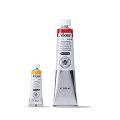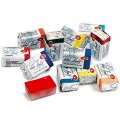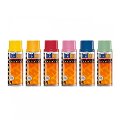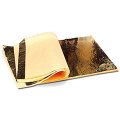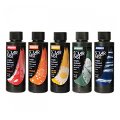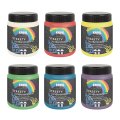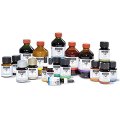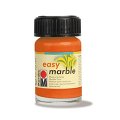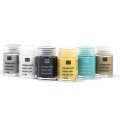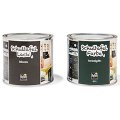Oil Paints
Information about oil paints
Oil paints are paste-like stains in which vegetable oils (sometimes also resin solutions) serve as binding agents. Solvents such as turpentine oil are used as painting and diluting agents. Oil paints dry by resinification of the binder and evaporation of the solvent. The drying speed depends, among other things, on the binder used. Wood, canvas or cardboard are suitable as painting grounds. It may be necessary to prime the painting substrate so that a neutral substrate is available and the binding agents are not removed from the colour pigment by a substrate that is too absorbent.
Oil painting requires a lot of experience in dealing with colours, but is appreciated by many artists because of its good technical characteristics: light fastness, opacity, durability and colour brilliance of oil painting are unsurpassed. Oil paint differs particularly in terms of drying time from gouache and acrylic paints. Even with thin application thicknesses it can take several days, with thicker layers up to weeks. This property predestines oil paint especially for large-format work and wet-on-wet technique. Final varnish may only be applied after complete drying and hardening of the ink (often after more than one year).
From the 15th century onwards, painting with oil paints gradually replaced the tempera painting that had been customary until then, in which the paints were usually bound with casein or egg yolk. One of the first and most famous painters to switch from tempera painting to oil painting, but who also used both techniques mixed and in parallel, was the Dutchman Jan van Eyck.

